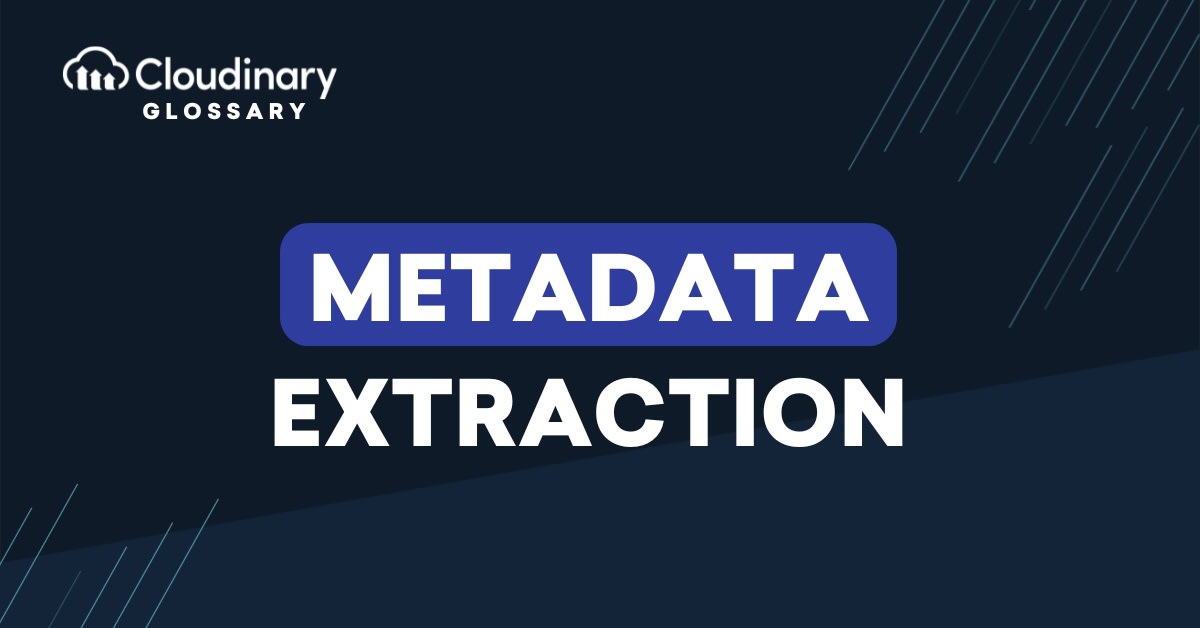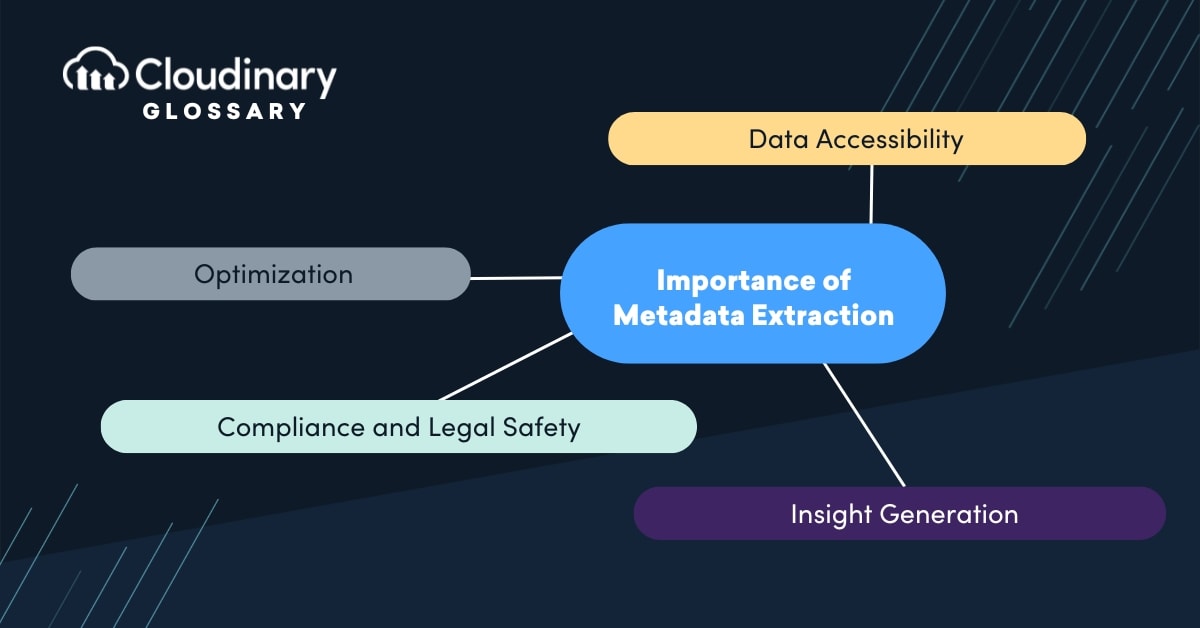
What Is Metadata Extraction?
Metadata extraction refers to the process of identifying and retrieving metadata (descriptive information about data) from various sources such as documents, images, videos, databases, or web pages.
Metadata can be thought of as “data about data.” For instance:
- A photograph’s metadata might include details like the date it was captured, the camera model, GPS location, and resolution.
- For a document, metadata might include the author, the date of creation, the title, file type, and word count.
The goal of metadata extraction is to parse relevant pieces of information that describe the content or structure of a given data source. The extracted metadata is then used to enable better organization, analysis, and retrieval of information across multiple systems or platforms.
Use Cases of Metadata Extraction
Metadata extraction spans across industries and sectors, powering various applications and enabling advanced data workflows. Below are some of its major use cases:
Digital Asset Management
Metadata extraction plays a vital role in organizing and managing digital assets like images, documents, and multimedia files. Libraries, media houses, and marketing teams use it to locate files based on keywords or attributes such as creation time, tags, or media format.
Search Engine Optimization (SEO)
Search engines like Google heavily rely on metadata (e.g., meta titles, descriptions, and tags) to rank pages. Web developers and marketers can extract and refine metadata to optimize website content for improved search visibility and ranking.
Content Tagging and Classification
Platforms like music libraries, video streaming services, and book archives use metadata extraction to tag and classify content automatically. For example, songs in a music library might be grouped by genre, artist, or mood based on extracted metadata.
Compliance and Legal Audits
In the legal and corporate sectors, metadata extraction is critical for auditing, compliance, and eDiscovery. Legal teams use it to review document histories (e.g., authorship, edits, timestamps) to establish timelines and identify key stakeholders in a case.
Big Data Analytics
In the realm of big data, metadata extraction enhances the value of massive datasets by identifying patterns, trends, and insights. For example, metadata from transactional data can provide insights into consumer preferences or behavior.
Image and Video Recognition/Analysis
Metadata extraction from visual content can include facial recognition, object tagging, geolocation data, and timestamps. Such technologies are widely used in security systems, social media, and content-heavy platforms like YouTube.
Natural Language Processing (NLP)
In linguistics and AI, metadata extracted from text (or additional data points like language, tone, and sentiment) can improve the processing and understanding of human language in applications like chatbots, translation models, and voice assistants.
How Metadata Extraction Works
Metadata extraction in popular applications makes it easier to uncover important details about media files. These tools simplify the process of viewing, editing, and managing metadata for images and videos. Here are common ways it’s done:
- Photo editing software: Applications like Adobe Photoshop or Lightroom allow you to view and edit EXIF data such as camera settings, geolocation, and copyright information.
- Media players: Programs like VLC and QuickTime let you check video properties, including resolution, codec, and frame rate, through their built-in “Media Information” or “Properties” panels.
- File explorers: Both Windows Explorer and macOS Finder display basic metadata like file size, dimensions, and creation date directly in the file properties or “Get Info” window.
- Content management platforms: Cloud-based services provide automated metadata extraction when you upload files, ensuring that information like format, duration, or tags is available for search and organization.
- Specialized metadata tools: Applications designed for digital asset management or publishing, such as ExifTool or Bridge, enable bulk extraction and editing of detailed metadata across large media libraries.
Why Is Metadata Extraction Important?
Metadata extraction is crucial for several reasons, particularly in the context of modern data-driven ecosystems:
- Data Accessibility: Extracted metadata makes it easier to locate and utilize data effectively in large repositories.
- Optimization: By defining data characteristics and attributes, metadata enables systems and workflows to operate more efficiently.
- Insight Generation: Meticulously extracted metadata boosts the ability to generate insights, especially in analytics or machine learning applications.
- Compliance and Legal Safety: Proper metadata management helps organizations adhere to data regulations like GDPR and CCPA while identifying and mitigating potential risks.

Final Words
Metadata extraction is one of the most powerful techniques in the modern data ecosystem, enabling businesses and individuals to unlock the full potential of their data. From enhancing data organization and retrieval to powering artificial intelligence tools, its applications are vast and impactful. However, challenges like security concerns, lack of standardization, and technical complexity highlight the need to approach metadata extraction thoughtfully and strategically.
As technology evolves, metadata extraction tools will continue to advance, providing new ways to structure and utilize information. For businesses and individuals alike, adopting and mastering metadata extraction could offer a competitive edge in today’s data-rich world.


